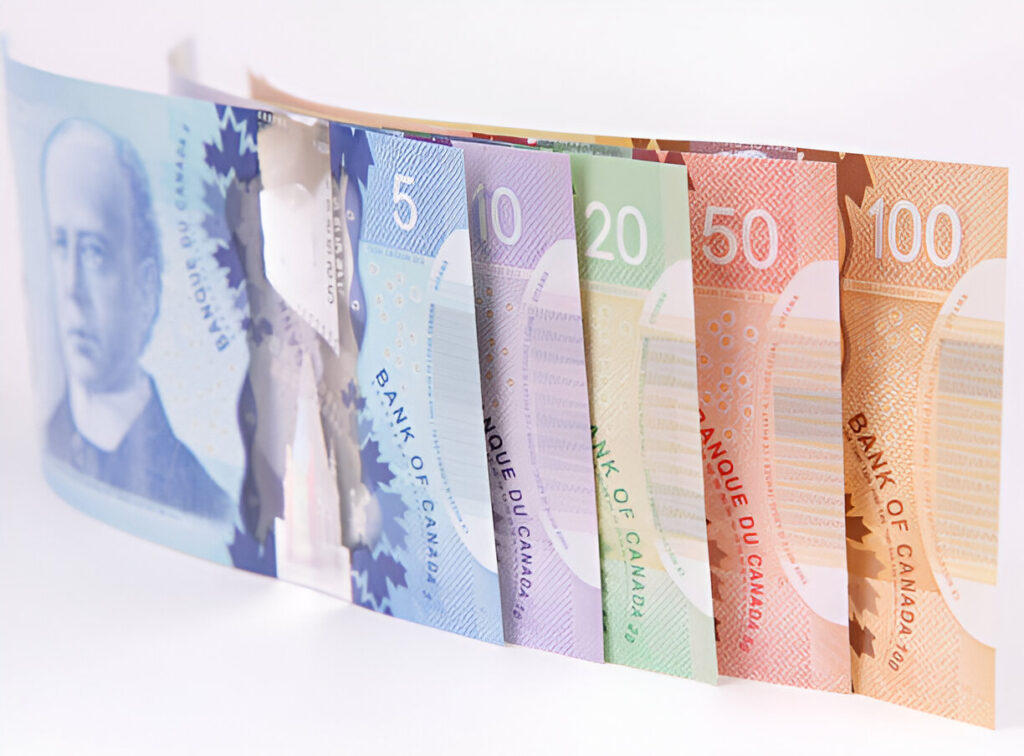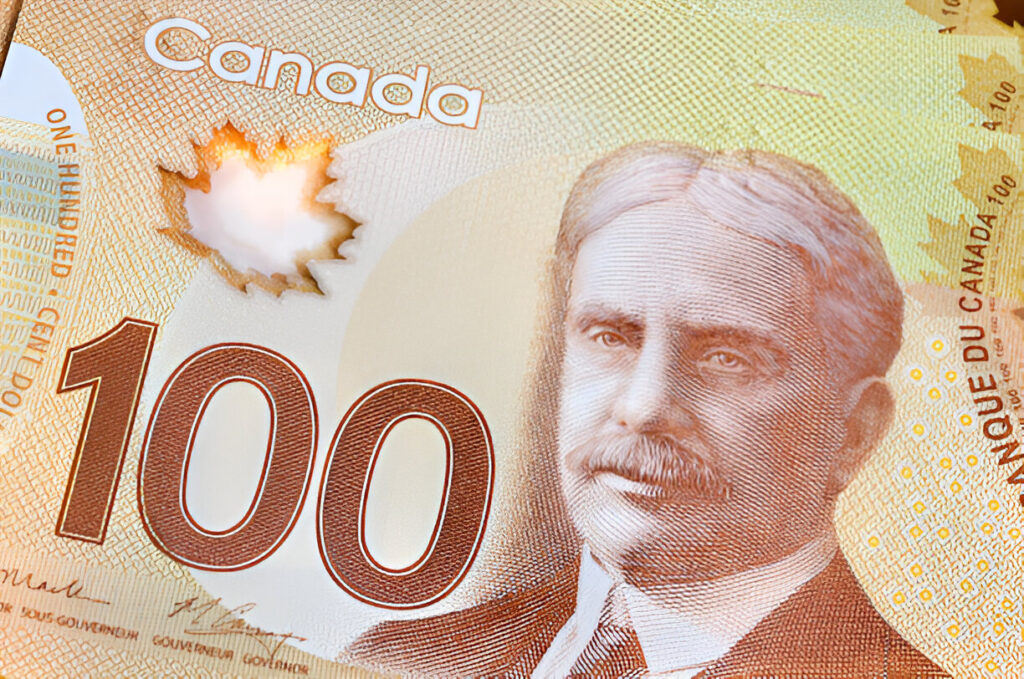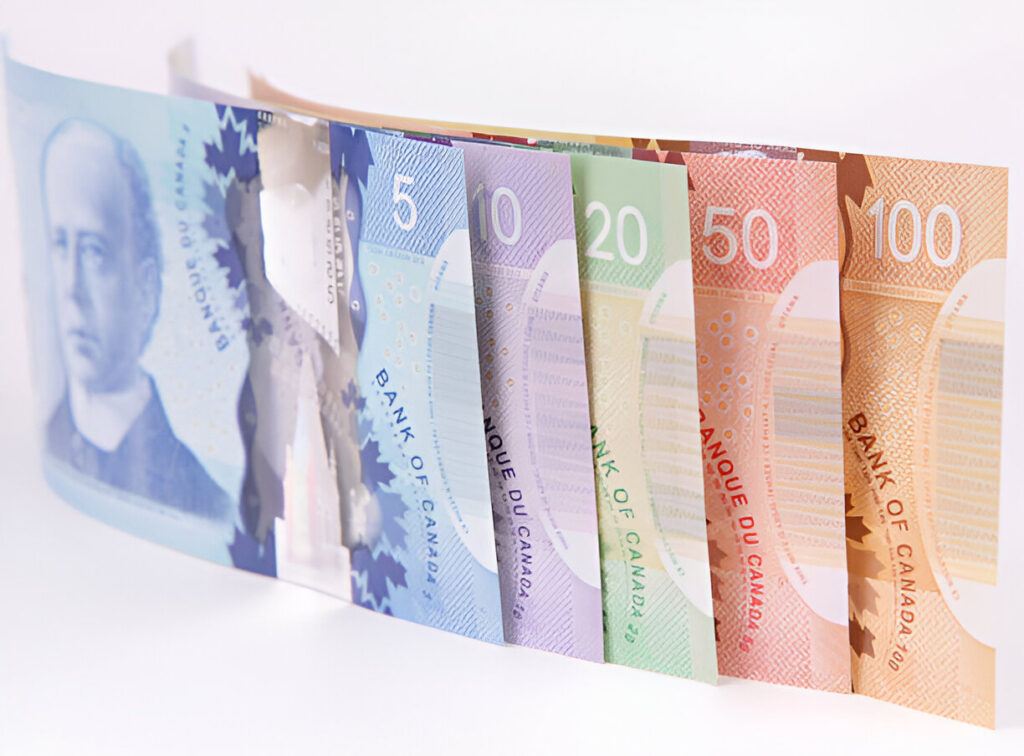The Symbol of Canada’s Economic Identity
The Canadian dollar, often symbolized as CAD or simply referred to as the “loonie” due to the iconic loon bird on the one-dollar coin, is far more than a national currency. It is a reflection of Canada’s history, cultural heritage, political sovereignty, and economic resilience. From its origins in colonial barter systems and European coinage to its establishment as a modern, internationally traded currency, the Canadian dollar has evolved through centuries of political change, economic crises, and global transformation.
Today, the Canadian dollar stands as the fifth most held reserve currency in the world, trusted by global markets for its stability, resource-driven economy, and the credibility of Canadian institutions. But to understand how it reached this position, one must journey back to the early days of New France, colonial trade, and Canada’s gradual independence from Britain.

Early Roots: Barter, Beaver Pelts, and Foreign Coins
Before Canada had a formal monetary system, trade in the 1600s and 1700s was dominated by barter and commodity money. The Indigenous peoples and European settlers exchanged furs, fish, and agricultural goods. Beaver pelts, in particular, became a quasi-currency because of their immense value in European fashion markets.
Alongside barter, various foreign coins circulated in New France, including:
- French livres and copper coins
- Spanish silver dollars (pieces of eight), widely accepted across the Americas
- British pounds and shillings
- Dutch guilders
The lack of a unified system made trade complicated. Prices were often quoted in one currency but paid in another, and fluctuating exchange rates created confusion. This chaotic environment set the stage for Canada’s future monetary reforms.
The 17th Century Innovation: Playing Card Money
One of the most fascinating chapters in the history of Canadian currency occurred in 1685, when French colonial authorities in New France faced a shortage of coins. To solve the problem, Intendant Jacques de Meulles introduced a unique experiment: playing card money.
Ordinary playing cards were cut, signed by officials, and stamped with values equivalent to French livres. These cards circulated as money for trade and payments, marking the first time paper money was used in North America. While initially successful, over-issuance of card money later led to inflation, mirroring what would happen centuries later with paper money in other parts of the world.
British Conquest and Currency Duality
In 1763, following the Treaty of Paris, New France was ceded to Britain. This introduced a long period of currency duality. British pounds, shillings, and pence became the official currency, but Spanish silver dollars and French coins continued to circulate widely due to public trust and availability.
Merchants often preferred the Spanish dollar, which was globally recognized and held stable silver content. This enduring influence of the Spanish dollar eventually led Canada to adopt the decimal system, instead of the British pounds-shillings-pence system, much earlier than the United Kingdom itself.
The Birth of Canadian Currency: 19th Century
By the early 1800s, as Canada’s economy grew and banking institutions developed, pressure mounted for a standardized national currency.

The Move Toward Decimalization
In 1858, the Province of Canada officially adopted a decimal-based currency system, modeled after the American and Spanish dollars rather than the British pound. This was a bold move, reflecting both geographic proximity to the United States and practical considerations of trade.
The first official Canadian coins were minted in 1858 in denominations of 1, 5, 10, and 20 cents. They bore Queen Victoria’s image, marking the start of Canada’s distinct monetary identity.
The Dominion of Canada and the First Banknotes
In 1867, when Canada became a confederation, the Dominion of Canada gained more authority over financial matters. By 1870, the government began issuing Dominion notes, Canada’s first official paper money. These notes circulated alongside chartered banknotes issued by private banks.
This dual system of government and bank-issued money reflected Canada’s transitional stage, balancing central authority with the influence of private banking institutions.
The Gold Standard and International Integration
By the late 19th century, Canada, like many nations, adopted the gold standard. The Canadian dollar was tied to gold, providing stability and international credibility.
The gold standard linked the Canadian dollar closely to the British pound, reflecting Canada’s status within the British Empire. However, it also facilitated trade with the United States, where the dollar was similarly tied to gold.
World War I and the Collapse of the Gold Standard
The outbreak of World War I in 1914 forced Canada to suspend the gold standard. The government needed to finance war efforts, leading to the expansion of paper money issuance.
Inflation grew, and the Canadian dollar began to fluctuate more freely against other currencies. While Canada briefly returned to the gold standard in the 1920s, the Great Depression of the 1930s marked the end of gold-backed currency in practice.
The Creation of the Bank of Canada
A pivotal moment in the history of the Canadian dollar came in 1935, with the establishment of the Bank of Canada. Prior to this, private banks had issued their own notes, creating inconsistency and instability.
The Bank of Canada centralized the issuance of paper currency, creating a uniform national system. The first Bank of Canada notes were released in denominations ranging from $1 to $1,000, featuring portraits of British royalty and Canadian themes.
This move not only stabilized the currency but also symbolized a growing sense of Canadian sovereignty in financial affairs.

World War II and the Bretton Woods System
World War II reshaped global finance. In 1944, at the Bretton Woods Conference, Canada, along with other allied nations, agreed to a system where currencies were pegged to the U.S. dollar, which itself was tied to gold.
For Canada, this meant the Canadian dollar was closely aligned with the U.S. dollar, reflecting the increasing importance of North American trade and the diminishing influence of the British pound.
The Floating Dollar Experiment
In 1950, Canada became the first major country to allow its currency to float freely against others. The Canadian dollar’s value was determined by supply and demand in the foreign exchange market, rather than being fixed to gold or the U.S. dollar.
This bold experiment reflected Canada’s openness to global markets and adaptability. While it created volatility, it also provided flexibility in responding to economic conditions.
Return to Pegged Exchange and Final Floating
By 1962, concerns about instability forced Canada to temporarily re-peg its dollar to the U.S. dollar at a fixed rate. However, this system did not last. In 1970, Canada once again adopted a floating exchange rate, and this time permanently.
Since then, the Canadian dollar has remained a freely traded, floating currency, reflecting Canada’s confidence in its economic fundamentals.
The Birth of the Loonie and Toonie
A major cultural shift in Canada’s currency came in 1987, when the one-dollar bill was replaced by a gold-colored coin featuring a loon bird. This coin quickly earned the nickname “loonie”, and the name became synonymous with the Canadian dollar itself.
In 1996, the two-dollar bill was replaced by a bimetallic coin, popularly known as the “toonie.” Together, the loonie and toonie became symbols of Canadian identity, beloved by citizens and instantly recognizable around the world.
Modern Security Features and Innovations
Over time, Canada has introduced increasingly sophisticated banknotes. The polymer notes introduced in 2011 represented a major innovation, offering durability and cutting-edge security features.
Canadian notes today showcase not only monarchs but also Canadian heritage, innovation, and diversity, reinforcing the cultural significance of money as more than just a medium of exchange.
The Canadian Dollar in the Global Economy
Today, the Canadian dollar is one of the most traded currencies in the world, often ranked in the top ten. It plays a major role in international trade due to Canada’s exports of natural resources like oil, gas, lumber, and minerals.
The dollar is also a popular reserve currency, held by central banks worldwide because of Canada’s political stability, strong banking system, and reliable resource-driven economy.
Challenges and Future of the Canadian Dollar
While strong, the Canadian dollar faces challenges:
- Dependence on commodity prices, particularly oil, creates volatility.
- The global rise of digital currencies may reshape monetary systems.
- Economic integration with the United States means that U.S. policy heavily influences the Canadian dollar.
However, Canada’s sound financial institutions, independent central bank, and global trust ensure that the Canadian dollar will remain a major player in the future of international finance.
Cultural Impact: More Than Just Money
The Canadian dollar is not only an economic tool but also a cultural icon. The loonie has appeared in music, literature, and even Olympic lore—famously, a loonie was buried under the ice at the 2002 Salt Lake City Winter Olympics, where Canada’s men’s and women’s hockey teams both won gold.
This blending of money with national pride shows how the Canadian dollar reflects not just financial stability, but Canadian identity itself.
Conclusion: The Journey of a Sovereign Currency
The history of the Canadian dollar is the story of Canada’s evolution as a nation. From barter and beaver pelts to playing card money, from British pounds to a distinct decimal system, and from the gold standard to today’s floating loonie, the currency has mirrored Canada’s journey from colony to global economic player.
Stable, trusted, and uniquely Canadian, the dollar continues to represent both the economic strength and cultural character of Canada. Its journey reflects resilience, innovation, and sovereignty—qualities that will guide it into the future.

